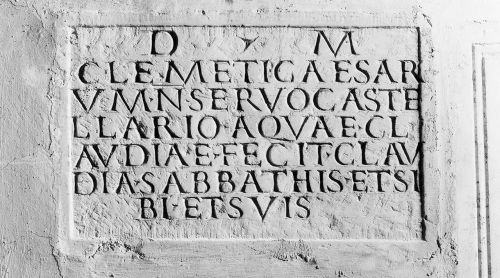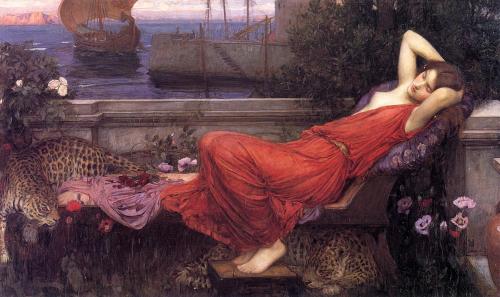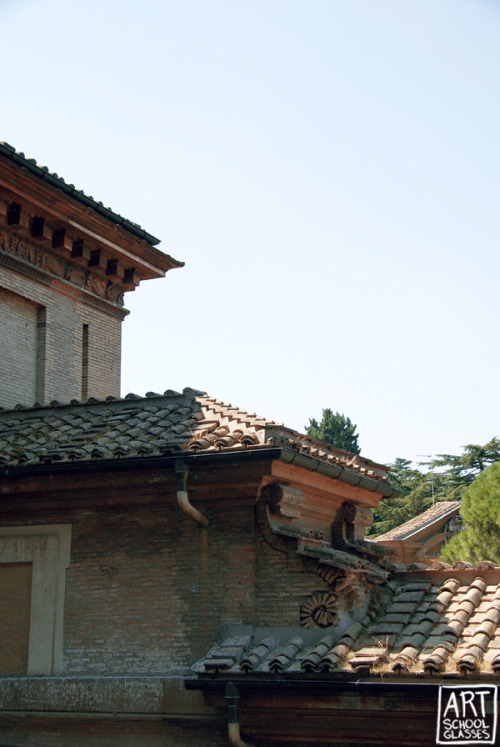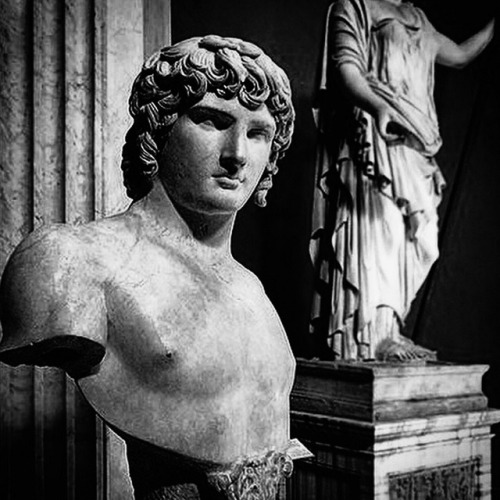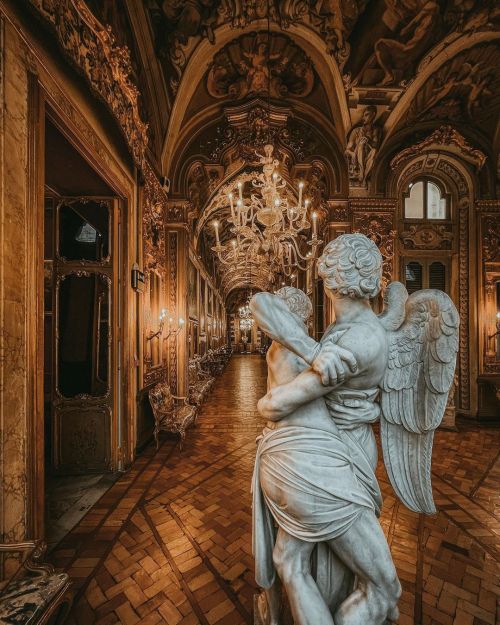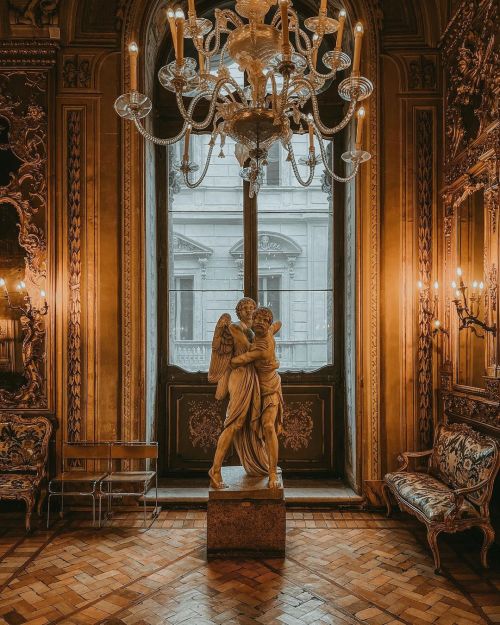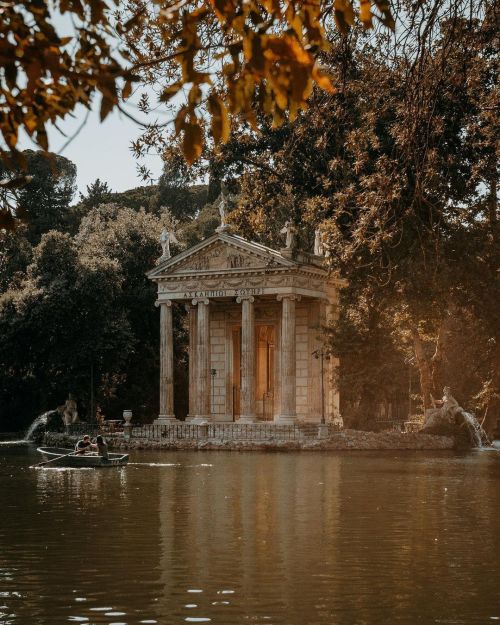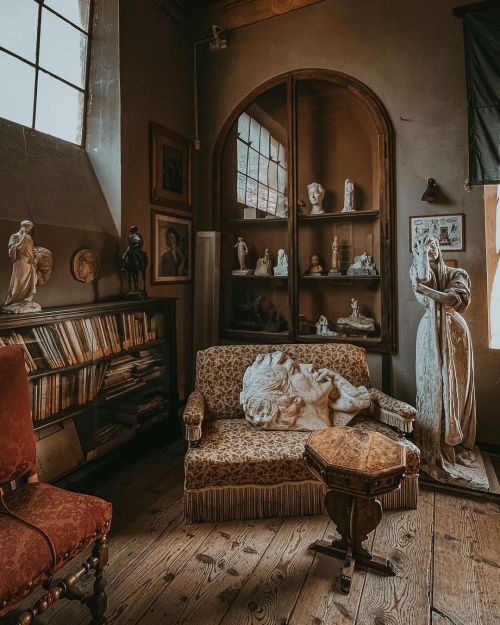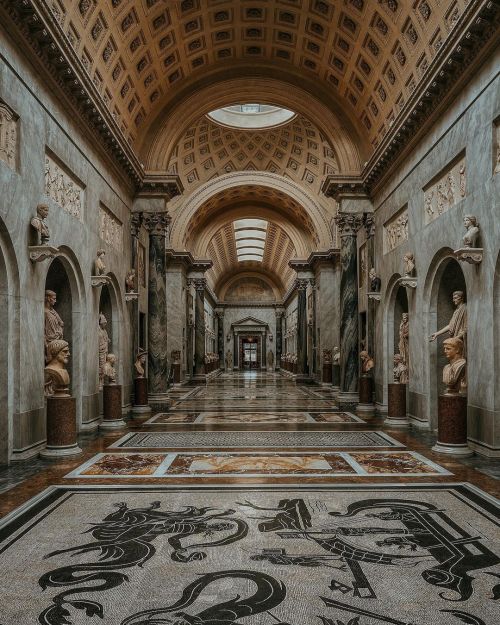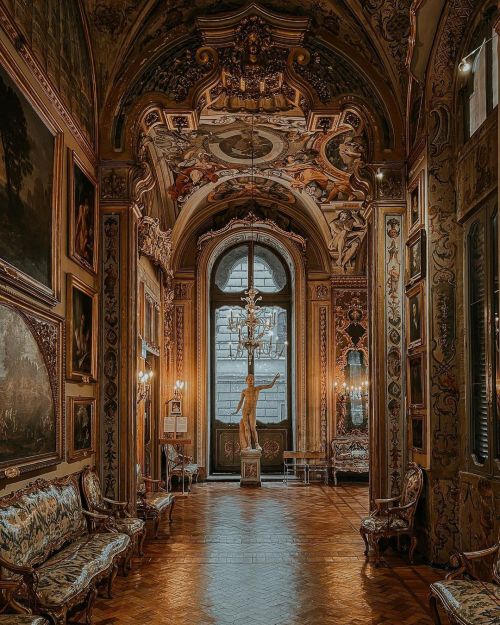#vatican museums
Marble slab from the family tomb of a castellarius
The inscription reads:
D(is) M(anibus) / Cleme(n)ti Caesar/um n(ostrorum) / servo caste/llario aquae Cl/audiae fecit Clau/dia Sabbathis et si/bi et suis
The deceased, Clemens, controlled the distribution tanks (castella) of the Aqua Claudia (initiated by Caligula in 38 and completed by Claudius in 52), mentioned in the epigraph of the arches (now Porta Maggiore) incorporated in the Aurelian Walls (the final part of a 69 km path fed by springs from the upper valley of the River Aniene). The massive water system that served the capital of the Empire, described in a monograph by Frontinus, alone offers an indication of the magnificence of the city, divided into 14 regions and filled with fountains and thermal baths. Clemens was buried by his wife who bears, alongside a name of Semitic origin (Sabbathis), the same family name as Claudius. Perhaps the deceased (referred to generically as “slave of our Caesars”) belonged to this emperor and others who succeeded him rather than to the two co-reigning emperors: Marcus Aurelius and Lucius Verus (161-169 A.D.), M. Aurelio and Comodo (177-180 A.D.) or Septimius Severus and Caracalla (198-209 A.D.).
From Rome, unknown burial monument
Second half of the first – late second century A.D.
© Roma, Musei Vaticani, Galleria Lapidaria
Post link
“Need an inscription carving or anything else in marble? Here you have it”
Engraved on a marble slab, the text indicated to locals and passers-by the presence of a marble worker’sworkshop, where marble was carved and epigraphs were also engraved, as the expression scribere titulus attests:
D(is) M(anibus) / titulos scri/bendos vel / si quid ope/ris marmor/ari(i) opus fu/erit hic ha/bes.
In a sign from Palermo we instead read: “Here inscriptions can be ordered and carved” (tituli heic ordinantur et sculpuntur), while another text, mutilated, possibly commemorates a Vitalis scriptor titulorum, “engraver of epigraphs”. The poor quality of the item, the messy style of the text and the mediocre engraving of the characters suggest a small shop, frequented by customers with little money and few pretensions. We do not know the location, but it may originate from the area of Campus Martius which is known to have had a high concentration of marble workshops.
II-III century A.D., from Rome
© Roma, Musei Vaticani, Galleria Lapidaria
Post link
Ariadne (1898), by J.W. Waterhouse
Another painting based on the 21 letters from Ovidius, collectively known under the name Heroides. The story of Ariadne is most renowned from her helping her beloved Theseus to kill the Minotaur and escape out of the labyrinth that her father had built. She did this by giving him a ball of thread so that he could find his way back. Here she is shown sleeping on a bench, while her lover is leaving her behind and sails away. The two panthers represent the god Dionysus who seduces her and makes her his wife.
In the Vatican Museum, there is a marble Hellenistic sculpture showing Ariadne in almost the same pose as on this painting. Waterhouse must have used it as a model. There are also obvious resemblances with the painting of Saint Cecilia (1895): the ship in the background, the balustrade separation and the sleeping woman to name just a few. In 1895, there was a large exhibition of Venetian art in London and its effect on his paintings is undeniable. Waterhouse becomes more and more influenced by the paintings of Botticelli and other works from the Italian Renaissance.
Post link







The Creation, Sistine Chapel.
Vatican City, Rome

Stanze dì Raffaello “Cacciata di Eliodoro dal tempio” 1511 Musei Vaticani

The Braschi Antinous
Antinous portrayed with the symbols of Dionysus and Osiris.
- Vatican Museums, Sala Rotonda.
Detail of a colossal statue of Antinous as Dionysos Osiris, marble, Roman, Vatican Museums, Rome, Italy.
Post link
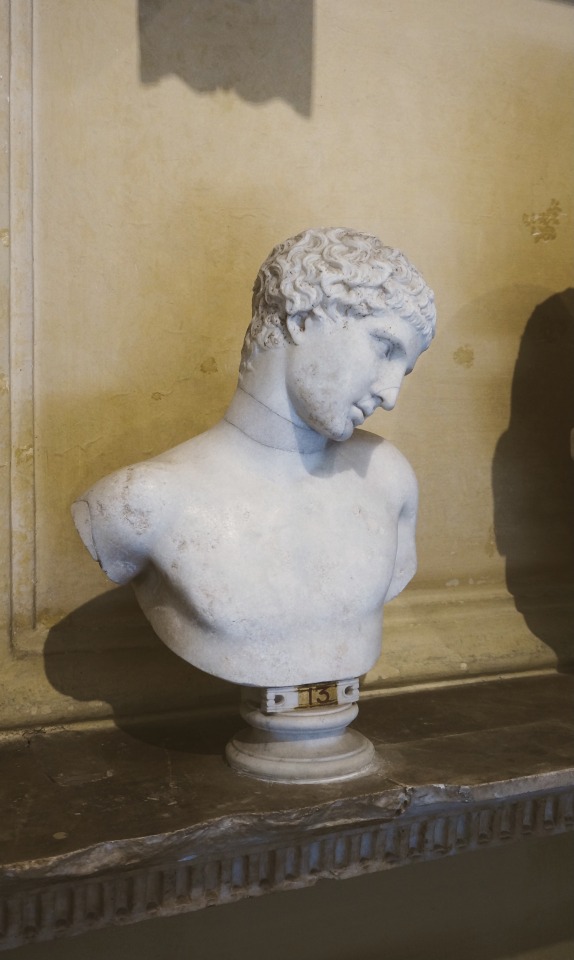
Bust of an ephebe (Narcissus leaning on a pillar)
Marble, Roman copy of a Greek original of the late 5th century BC.
Museo Chiaramonti, Vatican Museums, Rome

